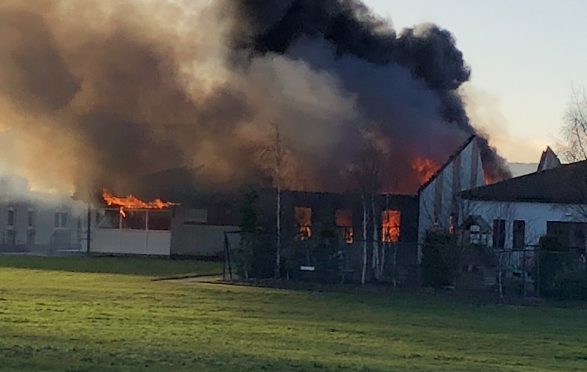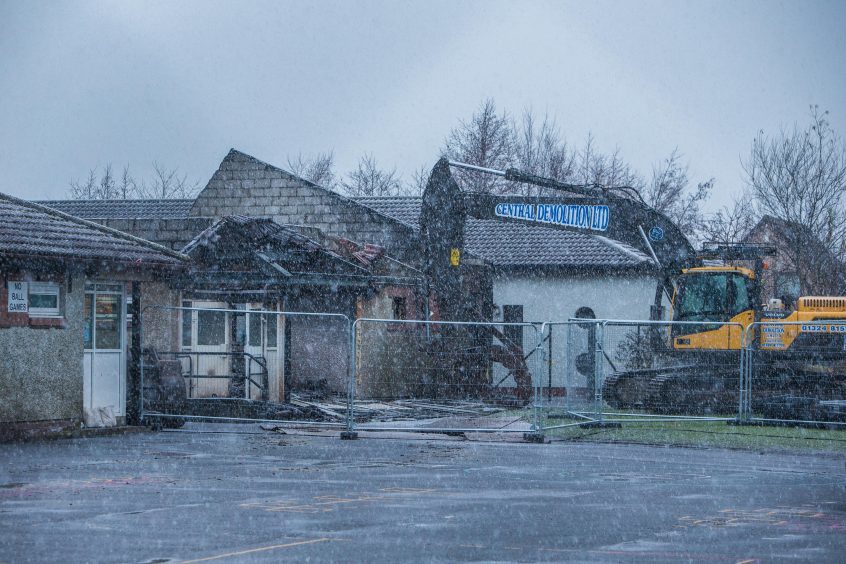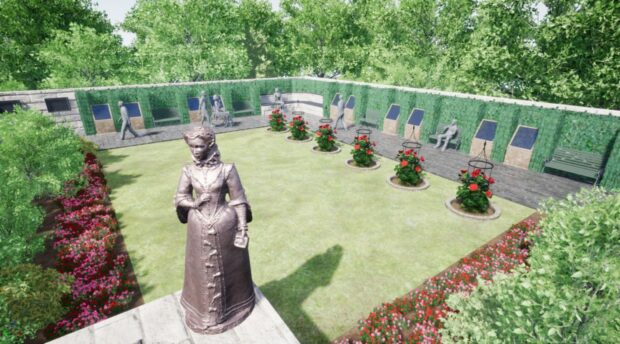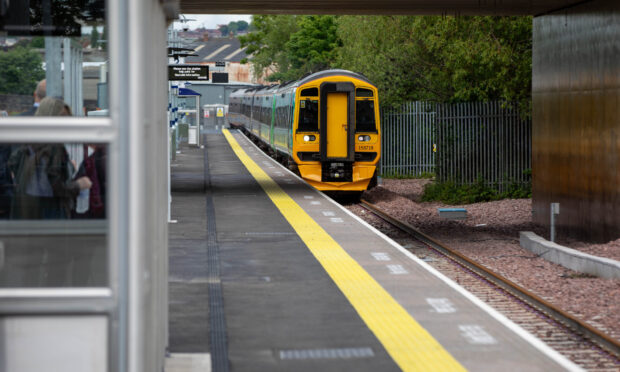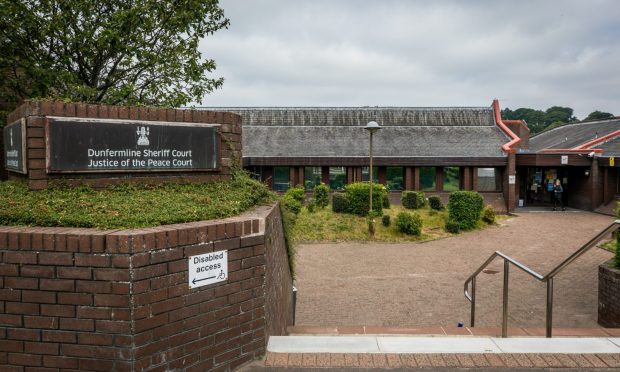A fire which swept through a Fife primary school was caused by a suspected fault in the building’s electrical system, The Courier can reveal.
Investigators with the Scottish Fire and Rescue Service (SFRS) have concluded the electricity supply – which covers wiring, cabling and plugs – was the likely source of the blaze at Cairneyhill Primary School near Dunfermline on December 8.
An incident report into the fire, seen by The Courier, has confirmed a classroom’s internal structural fixtures and fittings — most likely wiring insulation — was the first thing to ignite before the fire took hold.
Around 200 children and staff, on their lunch break at the time, were safely evacuated from the building to a nearby church while more than 30 firefighters tackled the incident.
However, the incident report has also underlined how lucky the youngsters were, amid ongoing concerns the blaze was only discovered when a security alarm, rather than a fire alarm, was activated.
The report revealed between five and 30 minutes may have passed between ignition and discovery of the fire.
It also confirmed nobody activated the break glass call point system installed in the classroom.
With no smoke detectors present, the fire was only found after a security alarm was activated, with an unnamed person starting evacuation procedures.
The Fife EIS teaching union said it had “serious concerns” in the wake of the incident, particularly in relation to the lack of smoke alarms, and the latest news has prompted wider questions about the condition of the school estate.
“Whilst there might be no statutory responsibility for such systems in certain types of building there is also the need to re-assure everyone involved in Fife schools,” Fife EIS spokesman David Farmer said.
“Fife EIS calls on the education service to review fire safety arrangements in every Fife school and to make the results of that review public.”
Education chiefs have stressed legislation requires buildings to be fitted with “appropriate means for giving warning in the event of fire”, with Cairneyhill’s fire alarm system with manual call points deemed “acceptable” and common for the type of building.
Fife Council’s head of education Shelagh McLean said: “A fire would be quickly identified by occupants and the alarm raised and occupants evacuated before escape routes could be compromised, which was the case during the incident at Cairneyhill. This is reinforced with termly fire drills to all staff and children.”
Most of the school’s pupils are currently being taught at Tulliallan Primary School, with P6 and 7 classes in nearby Kincardine Community Hall and nursery children going to Crossford Primary School.
It is hoped they will be able to return to Cairneyhill around Easter, although the rear of the building which was devastated by the fire has been torn down and will have to be rebuilt.
Neil Finnie, senior compliance officer with Fife Council’s education service, said: “Every effort is being made to get the school back on one site at Cairneyhill with the use of temporary classrooms.”
